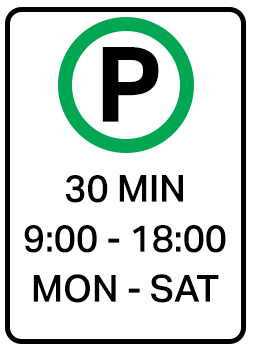5 Top Tips On How To Create A Job Aid
I'm an instructional designer who fell into the position by accident. I was originally hired because I was a subject matter expert. My first employer trained me in the knowledge and skills to design and develop the materials I would later use when facilitating my training. Of course, when I got started, there were many things I simply did not know about instructional design. One such item was the job aid. When you work in learning and development, your manager or stakeholder will eventually ask you to produce a job aid. I recall being overwhelmed with this request the first time my employer asked me to create a job aid. I thought there was some secret format that job aids must be in. It turns out that the term job aid simply means any tool that aids employees in performing a particular set of tasks.
1. It Should Be Available Only When Employees Need It
I recommend that you create job aids for tasks that employees need to perform infrequently. For example, if employees do not perform these tasks daily or weekly but instead they only perform them monthly or even less frequently, it isn't easy to memorize these steps. Job aids can also assist employees during the early stages of new procedures until such time as these procedures are committed to memory.
 dotshock/Shutterstock.com
dotshock/Shutterstock.com
2. It Should Be Available Where Employees Use It
When you are designing a job aid, you should consider where employees will use it. For example, if a particular piece of equipment is involved in the procedure, having the job aid posted next to this equipment is ideal. Posting the job aid on the company intranet site is fine for procedures that employees will perform in front of their computer, but if the procedure is completed elsewhere, there is no advantage to having it accessed from a computer. One such example from my own history was the task of creating a job aid for the equipment and key sign-out room. That job aid was printed, laminated, and posted next to the entrance of that room.
3. It Should Be In A Format That Is Appropriate
When I worked at the Toronto Pearson International Airport, all employees had ID cards on lanyards. We would often create job aids in a format that could be printed and laminated and then added next to the employee ID cards on the same lanyard. Of course, keep in mind that too many job aids around the neck can be cumbersome.
4. It Should Be Simple And Contain Just Enough Information To Complete The Tasks
Generally, I'm not a fan of bulleted or numbered text, but formatting your content in simple points is best in the case of a job aid. Again you only want to provide just enough information for employees to complete the task. You don't need an extensive introduction or backstory about the importance of the procedure. Save that for the eLearning course.
I think the best example of a well-designed job aid would be the parking signs you might find in the downtown section of any city or town. In the example below, the P with a green circle means you can park in this location, but there are also some additional conditions. For example, you can only park for 30 minutes at a time. Also, you can only park between 9:00 AM and 6:00 PM on any day except Sunday.

I think the parking sign illustrates the example of a simple job aid.
5. Training On Using The Job Aid Should Not Be Required
You shouldn't require any separate training. It should be completely self-explanatory. If you need to train employees how to use the job aid, you’ve done it wrong. Often keeping your job aids very simple is the solution.
Summary
You can use whatever example you wish, but I like to visualize the parking sign when I design and develop job aids. You can see that it makes use of all 5 things I like to consider when designing job aids:
- You only need it when parking in this location.
- It’s located next to where it’s needed.
- It’s in an appropriate format.
- It contains only the information required and it’s simple and in point form.
- It requires no additional training.
If you try to hit each of these points when designing your job aids, you will do fine.








